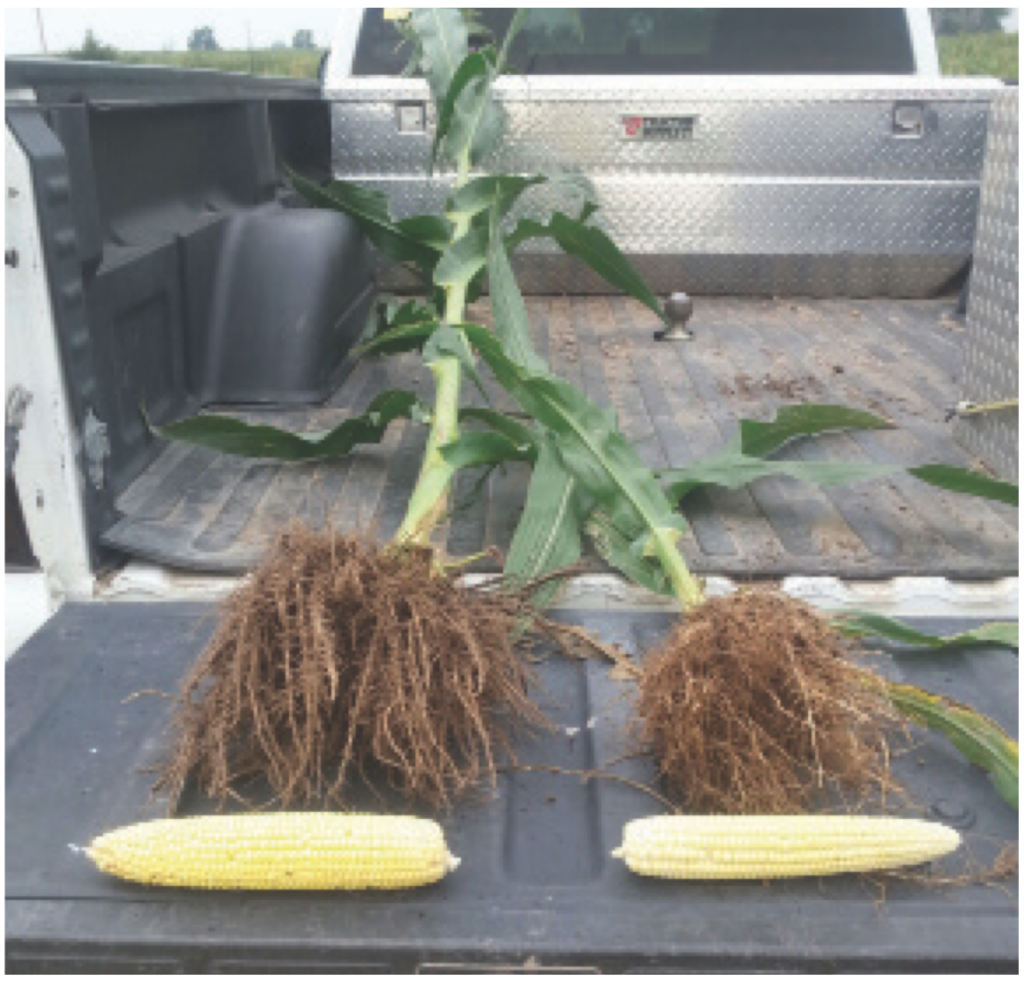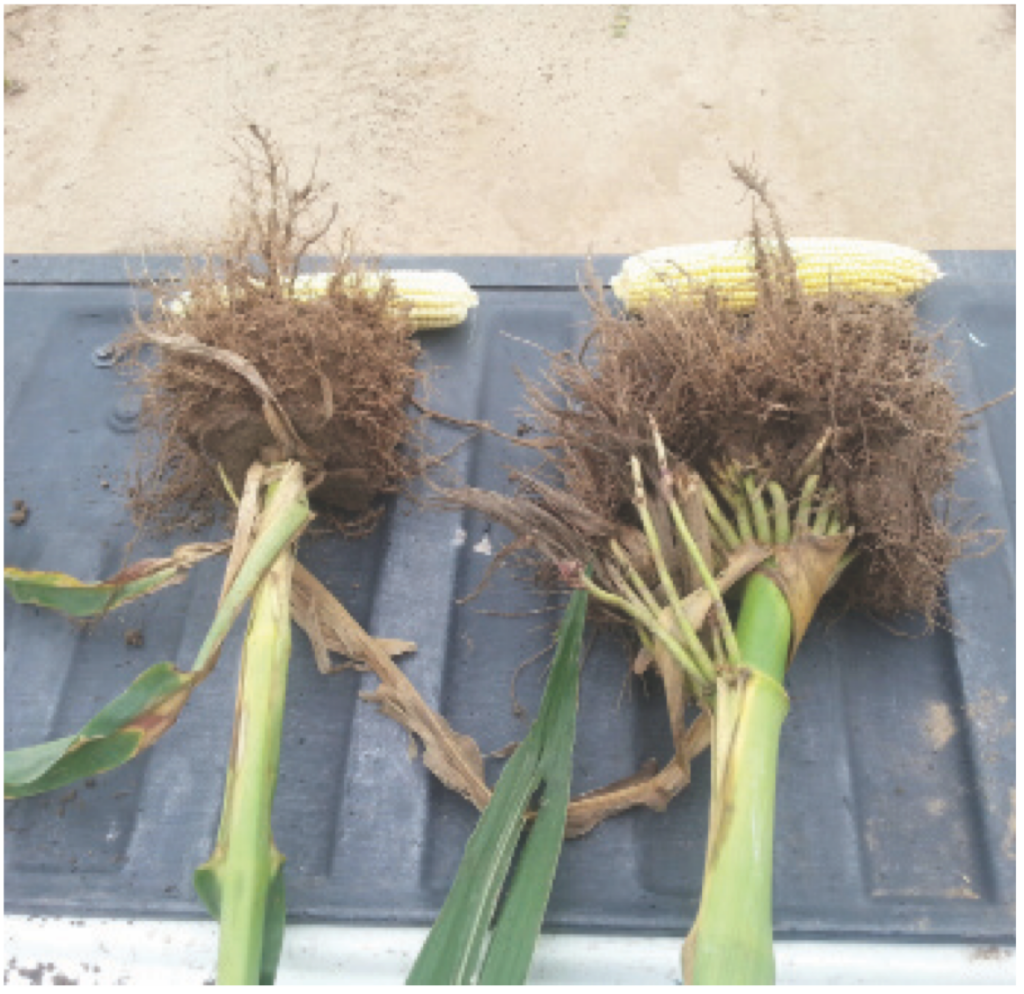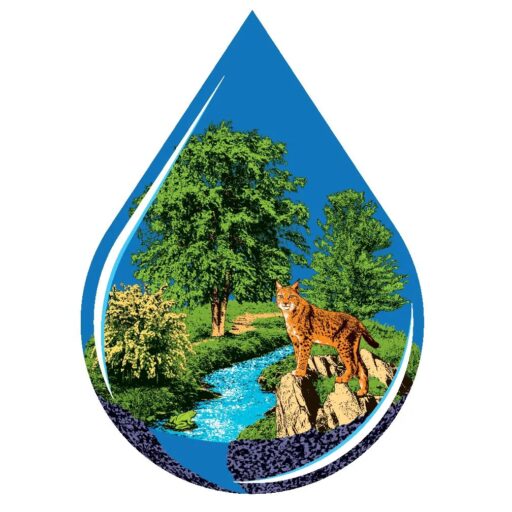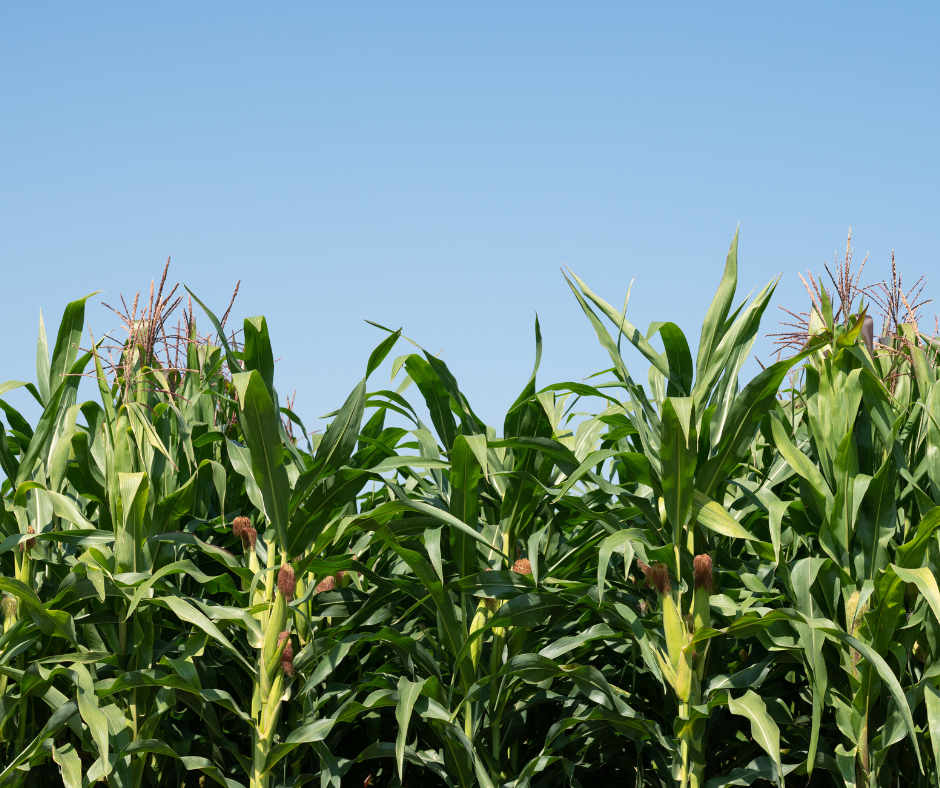An Irrigation Deficit Study in Yuma, Colorado showed that the application of Lot 125® increased corn yields by nearly 30% with less water.
A typical 24 inch per season irrigation was reduced to only 18 inches in the study.
The result was a $187 per acre increase over the untreated check.

Lot 125®
Lot 125® is a biologically enhanced product that aids in the conversion of fertilizers to complex plant nutrients, helping to buffer salts and augmenting micronutrient availability.
It promotes soil aeration and water penetration of soil particles, thereby reducing runoff.
Certain micronutrients have been added that increase the rate of nutrient absorption and reduce nitrogen movement through the soil profile.
Nutrients are stabilized in the rhizosphere where they remain available over a longer period of time. Lot 125® contains humic substances, which greatly enhance the photosynthetic rate of the plant.
When mixed with fertilizers, Lot 125® enhances their absorption rate. Lot 125® is easily applied with water and/or liquid fertilizers.
Lot 125® Increased Profit by $186.50 to $234.00 per Acre
| App. Rate | Revenue | Net |
| 4 gal/ac | $1658 | $821 |
| 8 gal/ac | $1735 | $878 |
| None | $1452 | $635 |
Corn Comparison With and Without Lot 125®


The study was performed in 2012 and can be found at the IrrigationResearch Foundation www.irf-info.com


